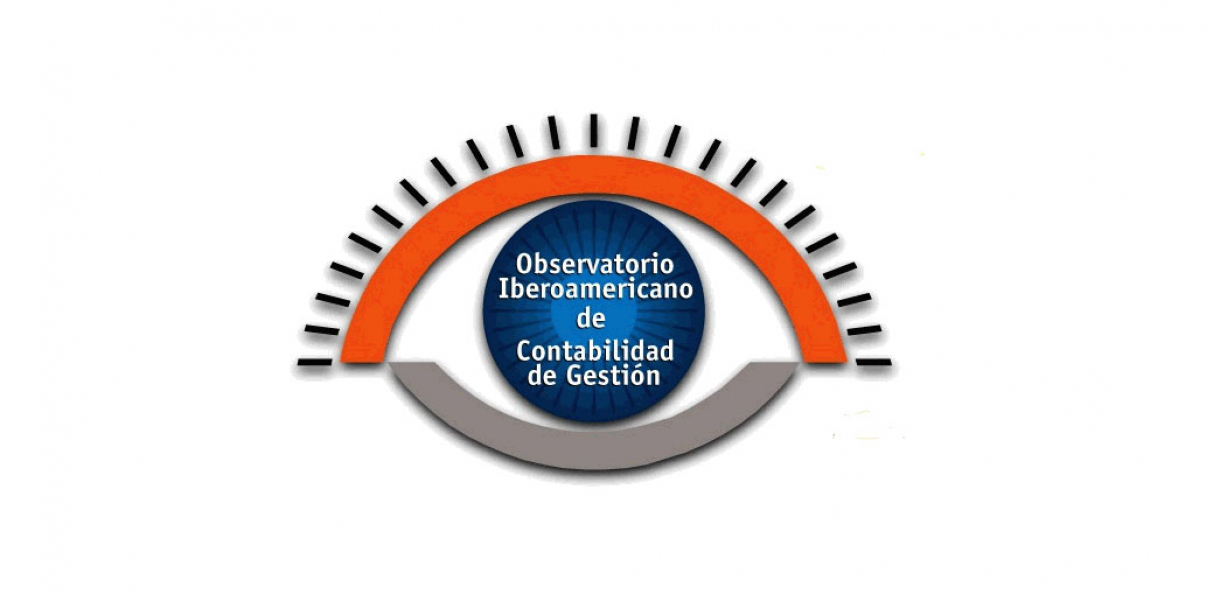As reported by The New York Times’ Donald G. McNiel Jr., Dr. Ernesto Ruiz-Tiben, who was working for ways to control guinea worm in Africa in the late 1990s, told the people of Denmark’s Vestergaard-Frandsen family about seeing nomads lying on the ground using straws to drink from puddles. The concept of the LifeStraw had been born.
The resulting design is a 10-inch plastic cylinder that can filter out or kill bacteria, parasites and some viruses, addressing the fact that 1.3 billion people in the world lacks access to clean drinking water. It can be made at a cost of only a few dollars each. Hollow-fill technology has replaced earlier versions, which used iodine beads and a charcoal filter.
The issue addressed by this design, acclaimed for its elegant response to life-threatening risks of contamination, is common diarrheal disease.
By some estimates cited at Vestergaard Frandsen, half the poverty-stricken population of the world suffer from waterborne diseases because they have no clean drinking water. Close to 6,000 people die daily, at least in part as a result of the consumption of unsafe drinking water. Point-of-use water filters – both the LifeStraw and a complementary larger family unit from Vestergaard Frandsen – can be one of the most effective and important responses.
As the Times reports, the scenario in which this Design to Improve Life can be brought into play isn’t limited to situations of ongoing poverty and deprivation: After Cyclone Nargis struck Myanmar, aid organizations deployed tens of thousands of LifeStraws. Earthquake zones in Asia also have been sites of widespread usage of the devices.
Four years after The Index Award went to the LifeStraw – a design notable not only for its effectiveness but also for the fact that it is implemented and in constant use on a major scale in the world – there are sadly all too many needs for it, still.
Circle of Blue reports on the dire consequences of limited potable water in Zimbabwe.
The Financial Times previews a report from the Organization for Economic Cooperation and Development, revealing that India accounts for 13 percent of aid assistance in water and sanitation, almost twice what any other nation gets.
And everywhere, the levels of major weather effects can trigger new and shifting needs for help with water: From bad-water alerts in Northern Ireland to rising fears of contamination of supplies by building developments in the United States, the developed world, as well as developing societies, must face mounting evidence of the potential fragility of clean water’s availability and management.
If you would like to know how to donate LifeStraws for deployment where they’re needed today, go to this site at Vestergaard Frandsen for information on where donations may be made.
Designed by
Torben Vestergaard Frandsen (Denmark), Rob Fleuren (Holland) and Moshe Frommer (Israel)






